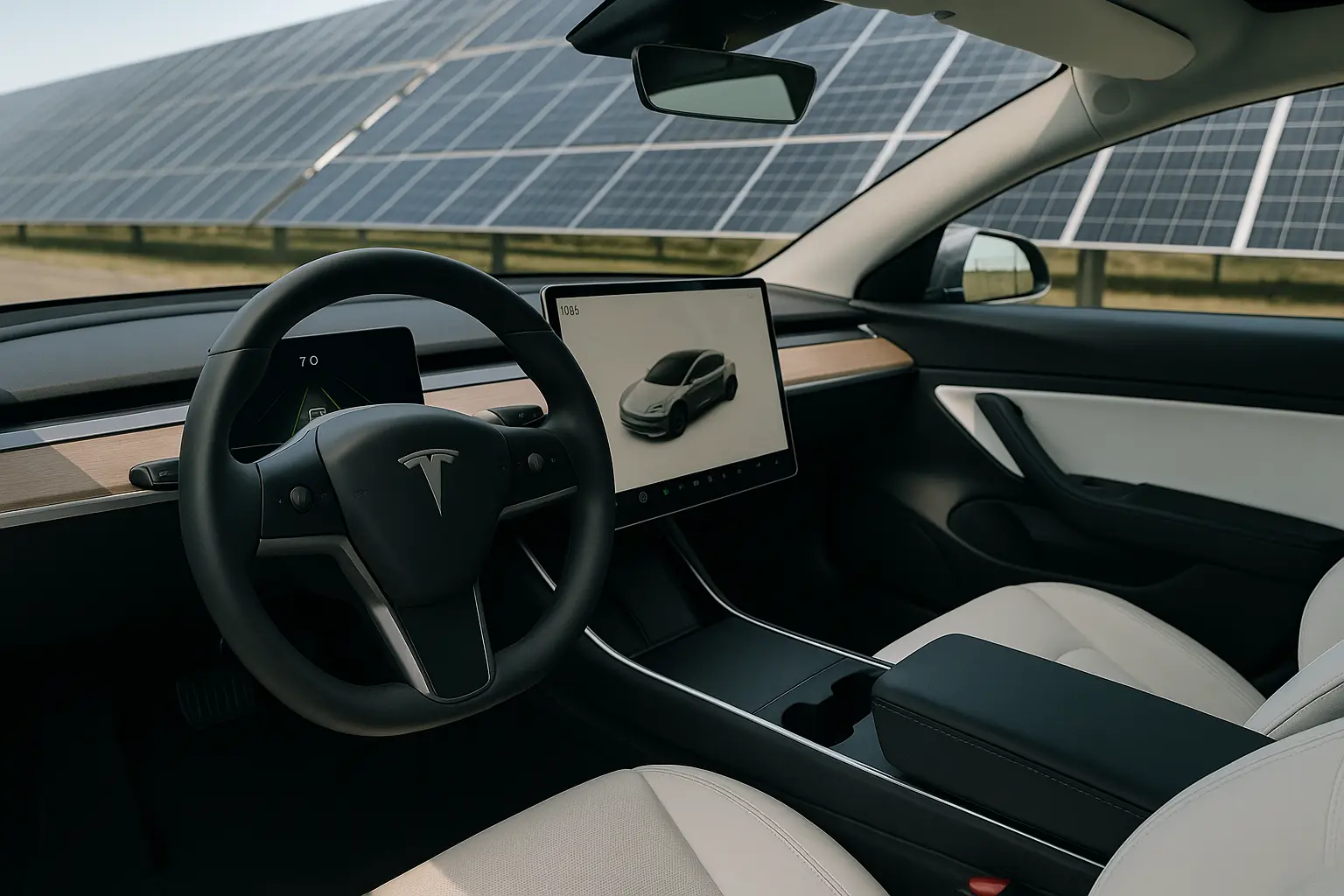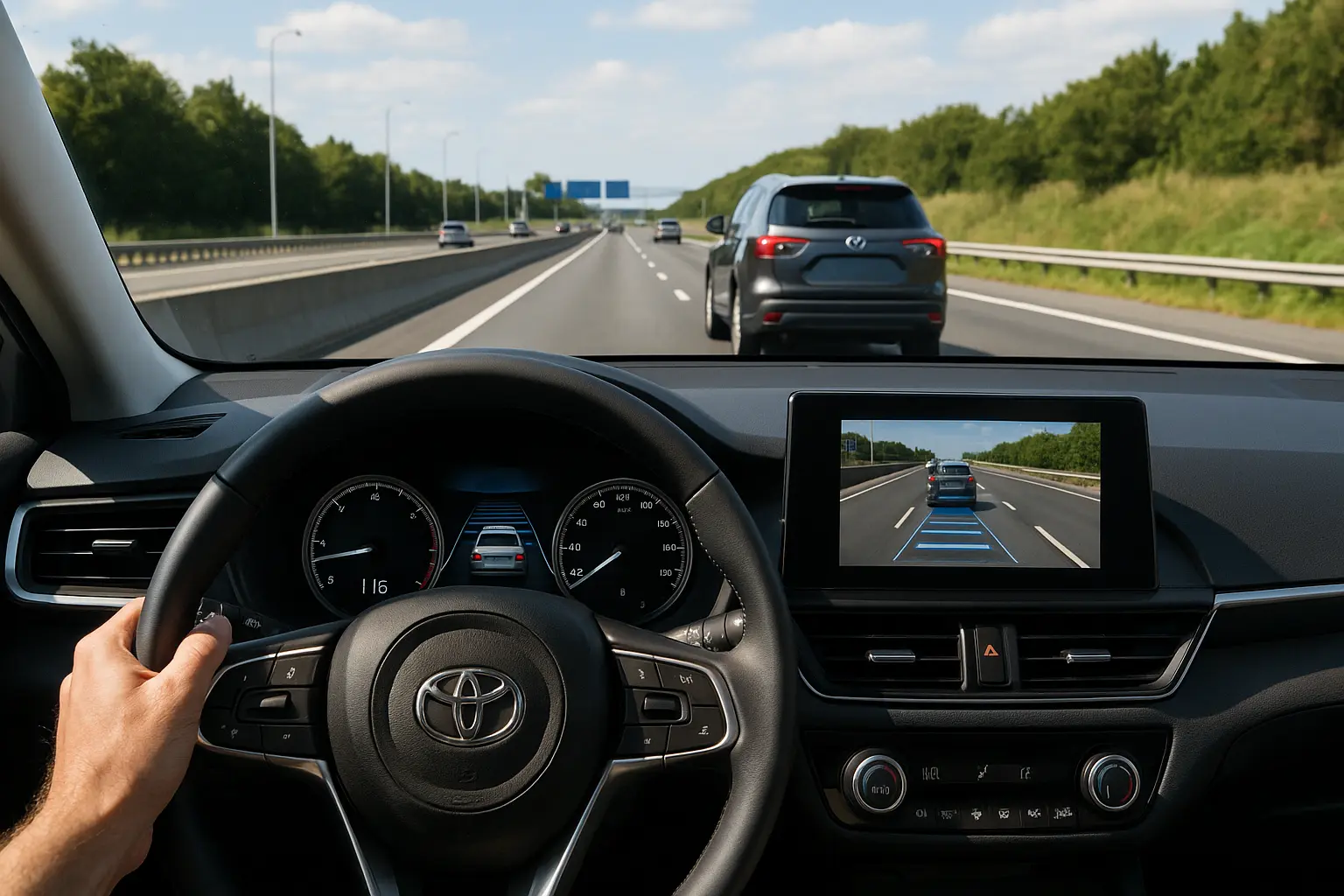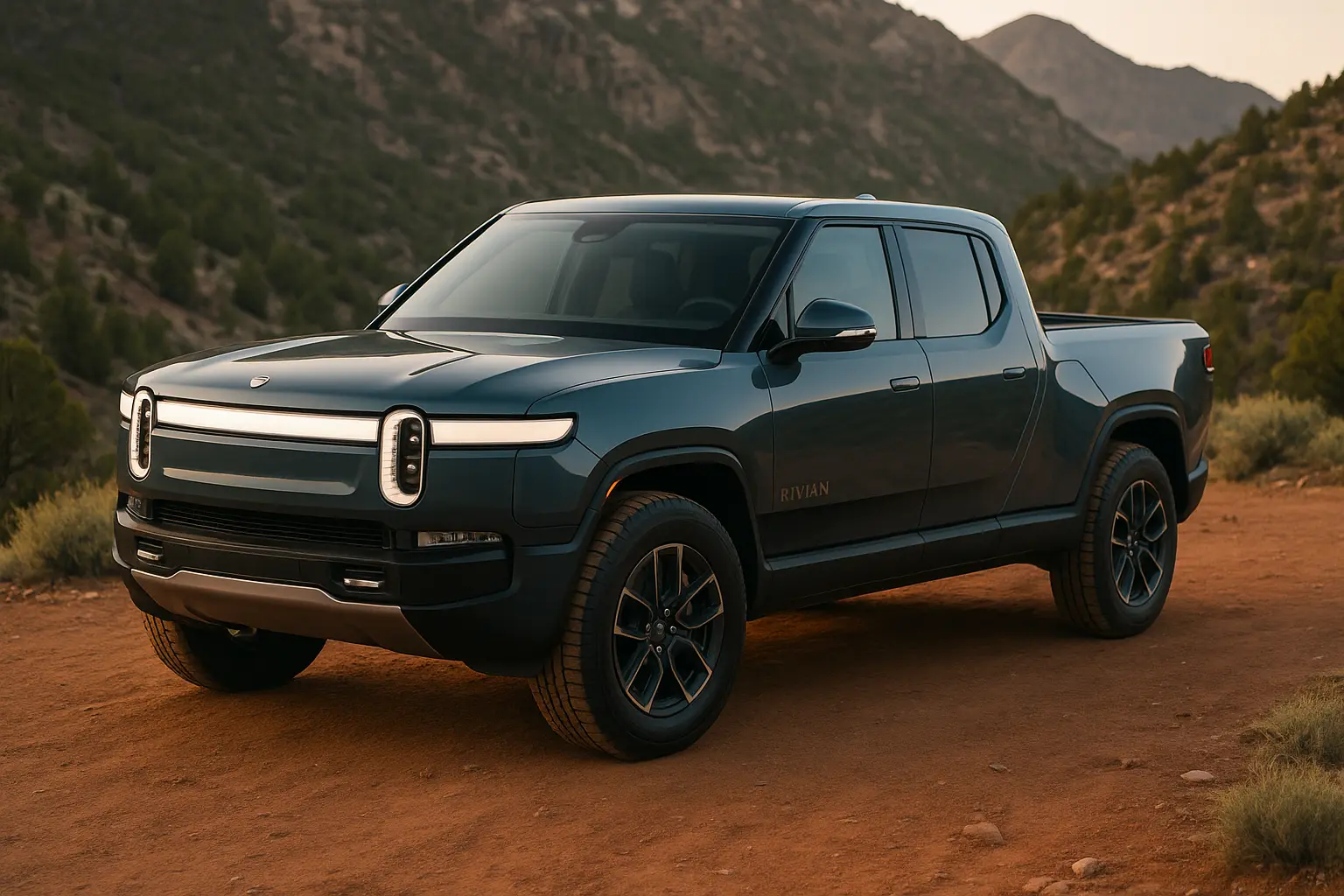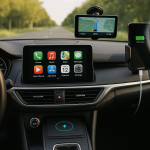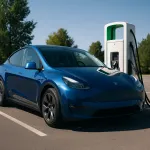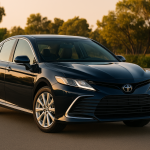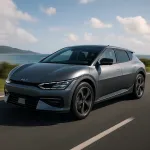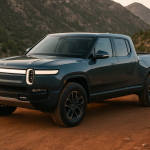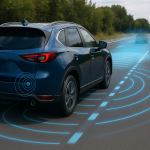Australia’s Top 2025 Car Innovations You Didn’t Know About
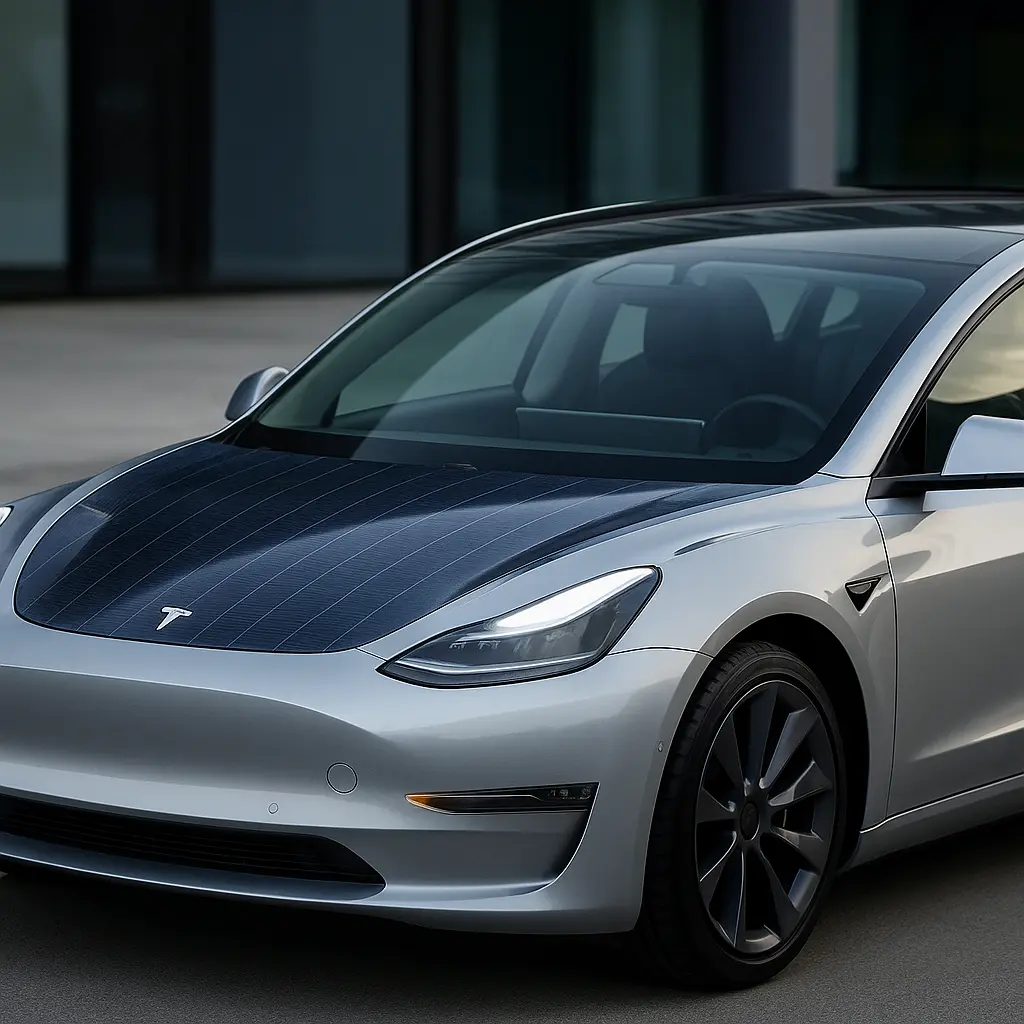
The Australian automotive market is evolving rapidly, and 2025 is shaping up to be a revolutionary year for new car technologies. While EVs and hybrids grab the headlines, many of the most intriguing developments are subtler: hidden car features, behind-the-scenes tech, and innovative safety enhancements that often go unnoticed.
This blog uncovers the lesser-known car innovations that are quietly reshaping how Aussies drive. Whether you're a tech-savvy buyer, a curious enthusiast, or just looking for the smartest 2025 vehicle updates, this guide covers it all.
1. Smart Glass Technology – Changing Your View, Literally
Windshields and sunroofs in 2025 vehicles are no longer just glass. Several brands now offer electrochromic glass, which can tint on command.
🚗 Key Benefits:
Reduces glare without a physical sunshade.
Improves cabin cooling by blocking UV rays.
Offers privacy for rear passengers with one-touch darkening.
Models Using It in 2025:
Hyundai Ioniq 6
Mercedes EQS
Lexus LM
2. Hidden Air Vents & Invisible Climate Controls
Luxury and premium models are adopting stealth interior design, with air vents and controls hidden within clean dashboard lines.
👀 Why It Matters:
Clean, minimalist aesthetics.
Enhanced airflow management.
Integrated with voice-activated climate zones.
Expect this feature on:
2025 Genesis GV80
BMW iX2
Audi Q6 e-tron
3. Fingerprint Ignition & Biometric Driver Profiles
Biometric authentication is no longer just for smartphones. Several 2025 models now support fingerprint-based ignition and user profiles.
🔐 What It Does:
Unlocks the vehicle.
Starts the engine.
Loads seat position, music, climate, and navigation preferences.
Used in:
Genesis GV70
2025 BYD Seal
Selected Kia and Hyundai models
4. Vehicle-to-Load (V2L) – Power Your Devices Anywhere
While EVs are celebrated for zero emissions, the Vehicle-to-Load (V2L) capability is a hidden game-changer in Australia.
🔋 What Is V2L?
It allows your EV to power external appliances using its onboard battery. Think of it as a massive mobile power bank.
Ideal for:
Camping trips
Emergency home backup
Tradie tools at work sites
2025 Models With V2L:
Hyundai Ioniq 5 & 6
Kia EV6
Mitsubishi Outlander PHEV
5. ADAS Now Learns Your Habits – Predictive Driving Aids
Advanced Driver Assistance Systems (ADAS) in 2025 aren’t just reactive—they’re proactive and predictive.
💡 New Capabilities:
Learning your driving patterns.
Predicting frequent routes and adjusting drive modes.
Adjusting lane-keeping or cruise sensitivity based on past behavior.
Seen In:
Tesla Model Y Highland
Ford Mustang Mach-E
Polestar 2 2025 update
6. Augmented Reality HUDs – Beyond Navigation
The Head-Up Display (HUD) has received a major overhaul. In 2025, several vehicles now offer AR-enhanced HUDs that layer real-time data over your actual view of the road.
🌐 What It Can Show:
Animated turn arrows on the actual road.
Speed limit changes based on location.
Hazard warnings from vehicle sensors.
Found On:
Mercedes S-Class and EQ models
BMW 7 Series
Cupra Born
7. Self-Healing Paint – The Future of Scratch-Free Cars
Certain luxury models in 2025 feature self-healing paint, which can repair minor scratches when exposed to heat or sunlight.
🛡 Why It’s Innovative:
Reduces need for detailing or polishing.
Maintains resale value with better exterior finish.
Used By:
Lexus (extending from previous models into more trims)
Select Nissan models in Japan (expected in Australia by late 2025)
8. AI Co-Pilots – Beyond Voice Assistants
In 2025, voice assistants like Siri and Alexa evolve into AI co-pilots tailored for driving.
🤖 Features Include:
Adaptive conversation (understanding slang and natural language).
Suggesting fuel stops or EV chargers along the route.
Making real-time route changes based on weather and traffic.
Examples:
Volkswagen ID. series with ChatGPT integration
Kia and Hyundai Smart AI Assistant
Tesla’s improved “FSD Voice”
9. Digital Key 3.0 – Share, Control, and Limit Access
Car keys are becoming obsolete. Digital Key 3.0 allows users to unlock and start the car with a smartphone, but it goes further in 2025.
📱 What’s New:
Share limited-time access with friends or family.
Restrict speed and geofence zones for young drivers.
Log trip history and vehicle location remotely.
Available In:
BMW
Kia
Hyundai
Genesis
10. In-Car Cameras & Dash Monitoring for Safety and Insurance
2025 models are increasingly fitted with in-cabin cameras and 360° monitoring systems not just for reversing but also for:
🧠 Smart Uses:
Driver fatigue detection (eye tracking).
Cabin awareness for pets or children left behind.
Insurance-linked video for claim verification.
Common in:
Volvo EX30
Toyota LandCruiser 300 Series
Subaru Forester
11. Connected Car Ecosystems – Control From Your Couch
Smartphone-connected car ecosystems are now baked into many 2025 models, with control over:
Starting/stopping the engine
Pre-cooling or pre-heating cabin
GPS tracking
Charging control for EVs
Maintenance reminders and over-the-air diagnostics
Supported By:
Toyota Connected Services
Hyundai Bluelink
Mercedes me
12. Invisible Door Handles & Aerodynamic Design Enhancers
Inspired by Tesla, 2025 brings more flush or hidden door handles, auto-deploying spoilers, and active aero panels.
🚀 Benefits:
Reduced drag = better fuel efficiency.
Sleeker, cleaner design.
Increased range for EVs.
Standard In:
Tesla Model 3 Highland
Peugeot e-2008
Polestar 4
13. Solar Roof Panels – Gaining Real Use Cases
2025 sees solar panels on car roofs moving from novelty to real-world use.
☀️ Use Cases:
Powering climate control fans.
Supplementing EV battery trickle charge.
Running auxiliary systems during standby.
Examples:
Hyundai Sonata Hybrid
Toyota Prius (Japan, but potentially coming to AU)
Aptera EV (low-volume, high-efficiency model)
14. Haptic Feedback Touch Panels – Feel Your Controls
Modern dashboards often ditch physical buttons. The compromise in 2025 is haptic feedback panels, which simulate physical touch.
✋ Advantages:
Tactile response for blind-use while driving.
Safer than flat screens alone.
Integrated with gesture control in premium trims.
Brands Using It:
Audi
BMW
Mercedes-Benz
15. New Battery Chemistries – Solid-State on the Horizon
While full-scale solid-state batteries are still a year or two away, 2025 brings enhanced lithium-ion and lithium-iron phosphate (LFP) tech with faster charging, longer life, and greater safety.
🔋 What’s Evolving:
800V fast-charging systems
Heat-resistant materials for Aussie summers
More affordable LFP batteries for budget EVs
Seen In:
Kia EV5
MG4 Extended Range
GWM Ora
16. Digital Rearview Mirrors – Crystal-Clear at Night
Traditional mirrors are being replaced (or augmented) with camera-based digital displays, offering:
🔍 Key Benefits:
No glare from headlights.
Wider, blind-spot-free view.
Works in low light and rain.
Found On:
Toyota HiLux GR Sport
Audi e-tron range
Lexus RX
17. Australian-Specific Innovations – Built for the Outback
Some brands tailor their innovations specifically for Australian terrain and climate.
🌏 Unique Features:
Enhanced dust sealing for remote-area driving.
Desert-specific tyre pressure monitoring systems.
Improved bush-bar compatibility in 4x4 models.
Examples:
Nissan Patrol Warrior
Toyota HiLux Rogue
Ford Ranger Raptor
18. EV Sound Design – Hear Your Future
As cars get quieter, carmakers are creating custom digital soundtracks for acceleration and movement.
🎵 Why It Matters:
Enhances pedestrian safety.
Customisable tones for a unique driving identity.
Simulated “engine” sounds for sporty feel.
Found In:
Genesis GV60
Hyundai Ioniq 5 N
BMW i4 M50
Final Thoughts: Australia’s Future Cars Are Smarter Than Ever
Many of these features might not be obvious at first glance—they’re buried in infotainment menus, revealed under specific conditions, or only available in higher trims. But together, these hidden car features and under-the-radar innovations are defining the future of driving in Australia.
Whether you're shopping for your next vehicle or simply fascinated by automotive tech, keeping an eye on these advancements will give you an edge as the industry shifts toward electrification, autonomy, and seamless connectivity.
Looking for more updates on the latest 2025 cars, tech, and tips?
Visit carsoop.com.au for deep dives, expert comparisons, and smart buying guides designed for Aussie drivers.
Leave a comment
Your email address will not be published. Required fields are marked *


